
TikTok Growth Lab
 Make Money, How to Make Money on Social Media
Make Money, How to Make Money on Social Media
 0 comment
0 comment
 30 Apr, 2025
30 Apr, 2025
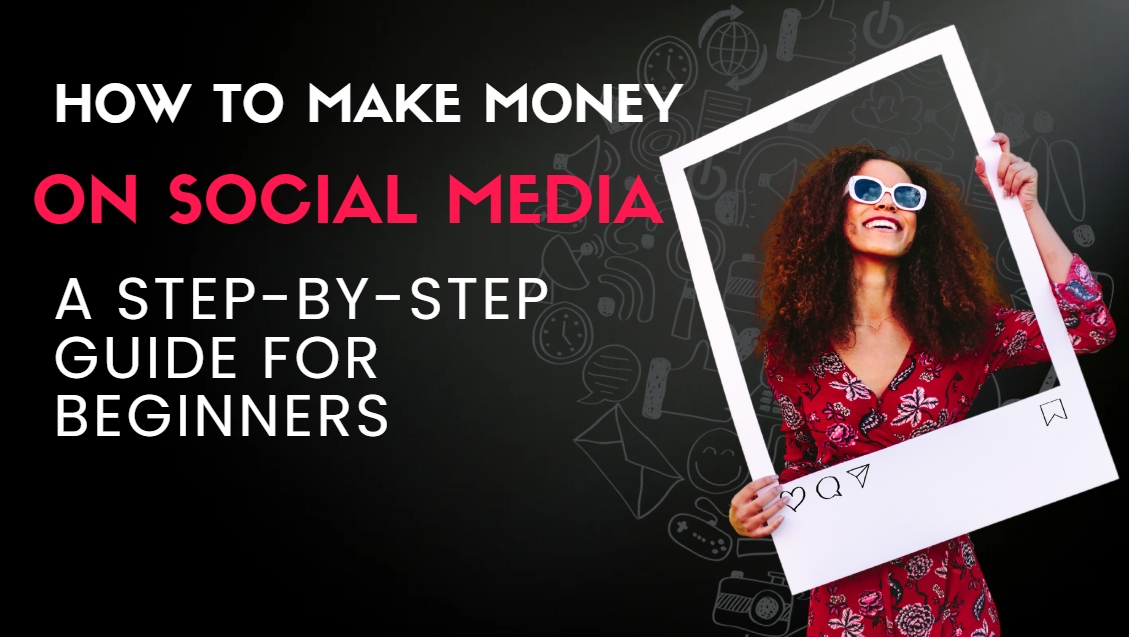
Social media has evolved from a place to share cat videos into a legitimate income-generating machine. With billions of users scrolling daily, platforms like Instagram, TikTok, Vikoc, and YouTube offer endless opportunities to turn followers into revenue, even if you’re starting from zero. This guide breaks down actionable strategies, real-world examples, and common pitfalls to help you build a sustainable income stream.
Every minute, millions of dollars are spent by users affected by social media content. For example, a single viral TikTok video can sell out a product within hours, while YouTube content creators make as much as $5 per 1,000 ad views. The bottom line is that your audience’s attention is valuable. So, how do we make money on social media?
Social media platforms operate on a simple principle: content attracts attention, and attention can be monetized. Here’s the core logic:
Build an Audience – Share content that solves problems or entertains.
Engage Consistently – Interact with followers to build trust.
Monetize – Convert trust into sales, sponsorships, or ad revenue.
Example: Fitness coach Kayla Itsines started by posting free workout videos on Instagram. Her audience grew to millions, allowing her to launch a $46 million/year app business.
Each platform caters to different content styles and audiences:
Ideal for visual storytelling (e.g., fashion, food, travel).
Pros: High brand sponsorship rates.
Cons: Requires daily posting for algorithm favor.
Best for short, viral videos (e.g., DIY hacks, trending challenges).
Pros: Rapid growth potential.
Cons: Lower ad payouts compared to YouTube.
Perfect for long-form educational content (e.g., tutorials, reviews).
Pros: Highest lifetime earnings per viewer.
Cons: Requires video editing skills.
Online Teaching Platform, focusing on various types of video courses (e.g., short video editing courses, TikTok Shop video courses, affiliate marketing courses).
Pros: Rapid growth potential, free course release, free platform promotion, dual income model (in addition to course income, additional student sales income can be obtained).
Action Tip: Start with one platform that aligns with your strengths. For example, if you love making quick videos, choose TikTok. If you prefer writing, try Twitter/X.

Companies pay to promote their products through your content.
Example: A skincare brand might pay $500 for an Instagram post to a 50k-follower account.
How to Start: Pitch brands via email or join influencer platforms like AspireIQ.
Earn commissions by promoting products with unique links.
Top Programs: Amazon Associates (up to 10% commissions), Shopify Affiliates ($2,000 per referral), TikTok Affiliate Marketing (up to 30% commissions).
Pro Tip: Tech reviewer Marques Brownlee (MKBHD) earns $120k/month by linking gadgets in video descriptions.
Create once, sell infinitely. Examples include eBooks, Video Editing Course, or presets.
Example: Photographer Peter McKinnon sells Lightroom presets for $39, earning $220k/month.
Tools: Use Gumroad or Teachable to host products.
Use your expertise to consult, design, or coach.
Example: Social media manager Rachel Pedersen started by offering $50 audits, now charges $10k/client.
Platforms like Patreon let fans pay for exclusive content.
Example: True crime podcast "Crime Junkie" earns $150k/month from Patreon supporters.
Earn ad revenue directly from platforms.
YouTube: Requires 1,000 subscribers and 4,000 watch hours to join the Partner Program.
TikTok: Creativity Program Beta pays $1–2 per 1,000 views for videos over 1 minute.
Vikoc: No requirements yet, very friendly to beginners who want to make money on social media
Great content follows the 3E Framework:
Educate – Teach something valuable (e.g., "5 Budgeting Hacks for Students").
Entertain – Make people laugh or feel inspired (e.g., comedy skits, motivational quotes).
Engage – Ask questions or run polls to spark interaction.
Case Study: Personal finance creator Tori Dunlap uses Instagram carousels to break down complex topics. One post titled "How I Saved $100k by 25" gained 500k shares and converted 10% of viewers into email subscribers.
Tools to Simplify Content Creation:
Canva (free graphic design)
CapCut (free video editing)
ChatGPT (generate content ideas in seconds)
Use a clear profile photo (e.g., your face or brand logo).
Write a bio that states your niche and value (e.g., "Helping busy moms cook healthy meals in 20 mins").
Include a link to your website or landing page.
Week 1: Share 3 "how-to" posts addressing common problems.
Week 2: Post a Reel/TikTok using trending audio.
Week 3: Collaborate with a micro-influencer in your niche.
Engage with 10 target accounts daily (comment genuinely on their posts).
Use niche hashtags (e.g., #PlantMom instead of #Plants).
Run a giveaway requiring follows and tags.
Use the AIDA Model to guide your audience:
Attention: Hook them with a problem (e.g., "Tired of acne?")
Interest: Share a solution (e.g., "This $27 skincare routine cleared my skin")
Desire: Add social proof (e.g., customer testimonials)
Action: Direct them to a link or DM (e.g., "Comment ‘SKINCARE’ for the guide")
Real-World Example: Beauty influencer Hyram Yarbrook built a $1M skincare brand by linking products in his YouTube video descriptions.
Buying Fake Followers: Destroys engagement rates and brand trust.
Ignoring Analytics: Track metrics like click-through rates to refine strategies.
Over-Promoting: Keep sponsored posts to 20% of your content.
Skipping Legal Steps: Always disclose sponsorships with #ad or #sponsored.
Diversify Platforms: Repurpose content across Instagram, YouTube, and a blog.
Automate Tasks: Use Later for scheduling posts or Zapier to auto-reply to DMs.
Build a Community: Start a Facebook Group or Discord server for loyal fans.
Example: YouTuber Graham Stephan earns $400k/month by combining ad revenue, affiliate marketing, and real estate courses.
Q: Can I start with no money?
A: Yes! Use free tools like Canva and Audacity. Monetize through affiliate links before investing in paid ads.
Q: How long until I earn money?
A: Most creators see their first $100 within 3–6 months of consistent posting.
Q: Do I need to show my face?
A: No. Faceless niches like stock photography or meme pages can also earn.
Q: What if I’m not tech-savvy?
A: Start with simple platforms like Instagram or Pinterest. Use templates for posts.
The biggest mistake is waiting for "perfection." How to Make Money on Social Media? Post your first video, write your first blog, or design your first product. Remember:
Social media success isn’t about luck—it’s about strategy. Follow these steps, stay patient, and your followers will become your paycheck.

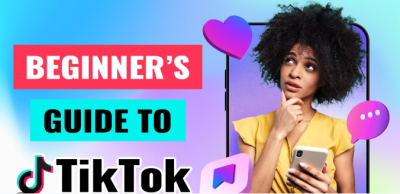 TikTok Account Growth
TikTok Account Growth
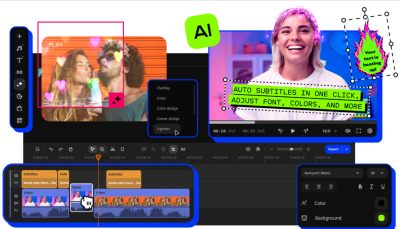 TikTok Account Growth
TikTok Account Growth
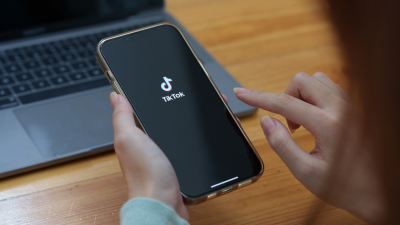 TikTok Account Growth
TikTok Account Growth
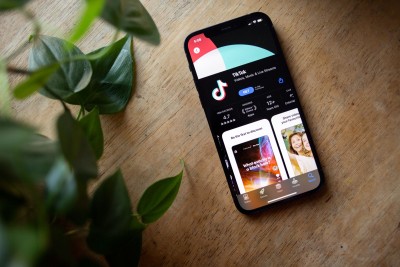 Make Money Online
Make Money Online
TikTok Growth Lab
0 comment